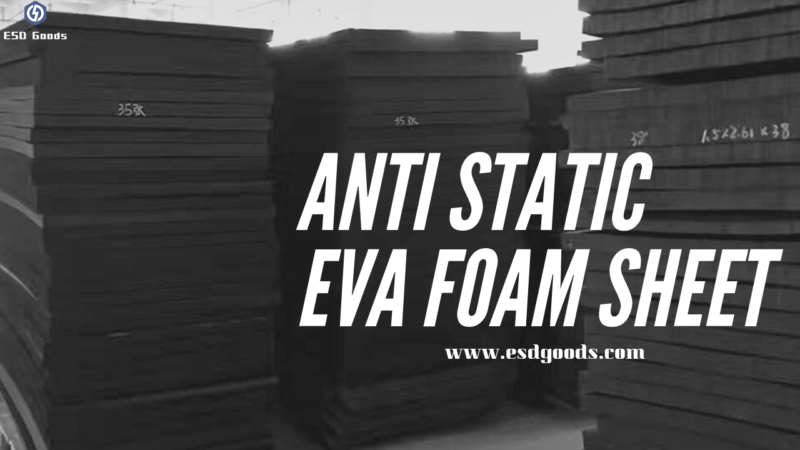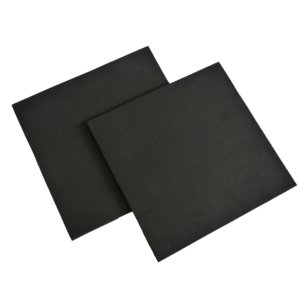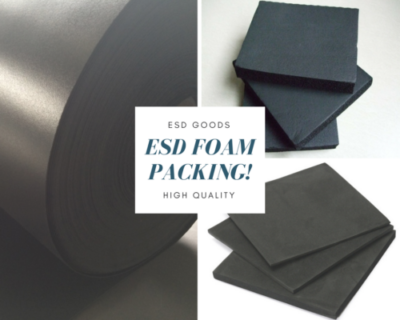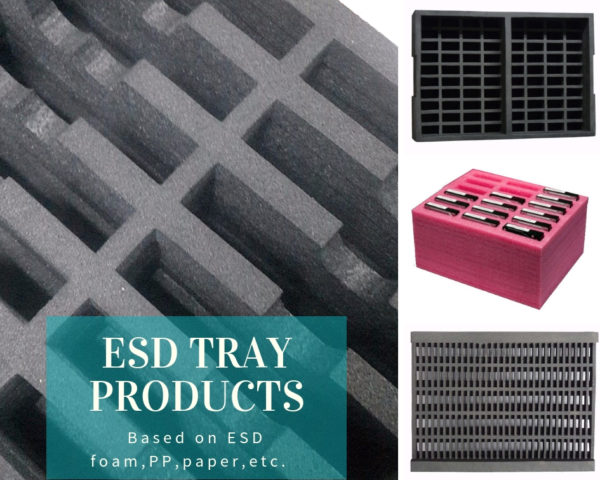The Difference Between Anti static Foam and Conductive Foam

The difference between Anti static foam and conductive foam
Total introduction about the anti static foam and conductive foam
Conductive/anti-static PE foam, is the polyethylene or modified polyethylene and conductive filler and anti static agent extrusion molding, after cross linking irradiation, high-temperature foaming, made it into the conductive/anti-static foam.
The surface resistance and volume resistance is 10^3-10^9, permanent conductive/anti-static features, smooth surface,environmental protection, easy to do the two times molding process, which is widely used in ESD related fields.
The Same characteristics:
- Conductive/anti-static foam properties permanent.
- Conductive/anti-static foam performance is not affected by environmental humidity.
- Foam Volume resistance and surface resistance value 10^3-10^9ω.
- Easy to two times forming process.
The differences:
Foam surface resistance differences: Anti-static foam resistance of 10^6-10^11; conductive foam resistance of 10^3-10^6.
Different applications:
Due to the difference of the resistance value, conductive foam is far less than the static electricity of anti-static foam, while the electrostatic conductivity of sponge is far less than anti-static electrostatic voltage, but both can automatically release charge, conductive foam is more suitable for high electrostatic sensitive electronic products.
If you want more anti static foam information, please refer to my blog.




